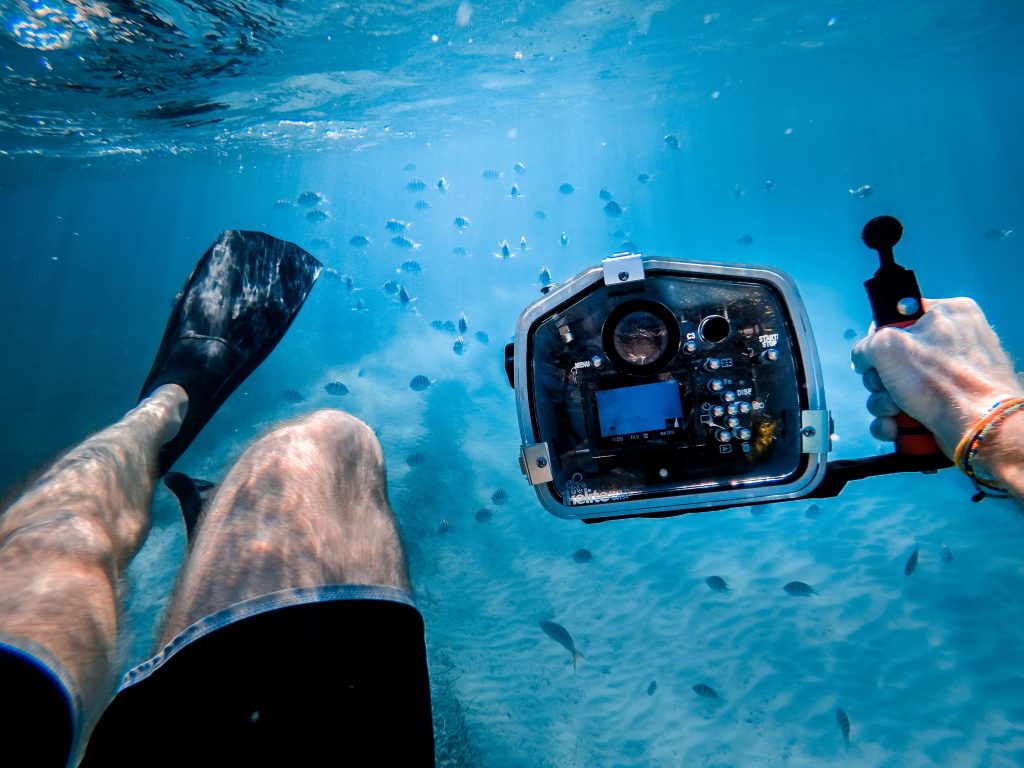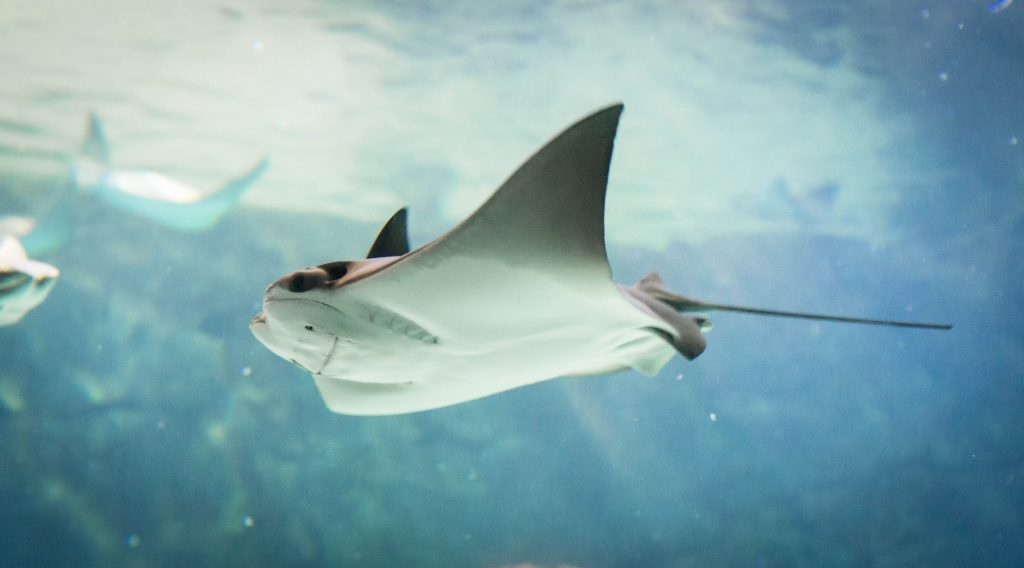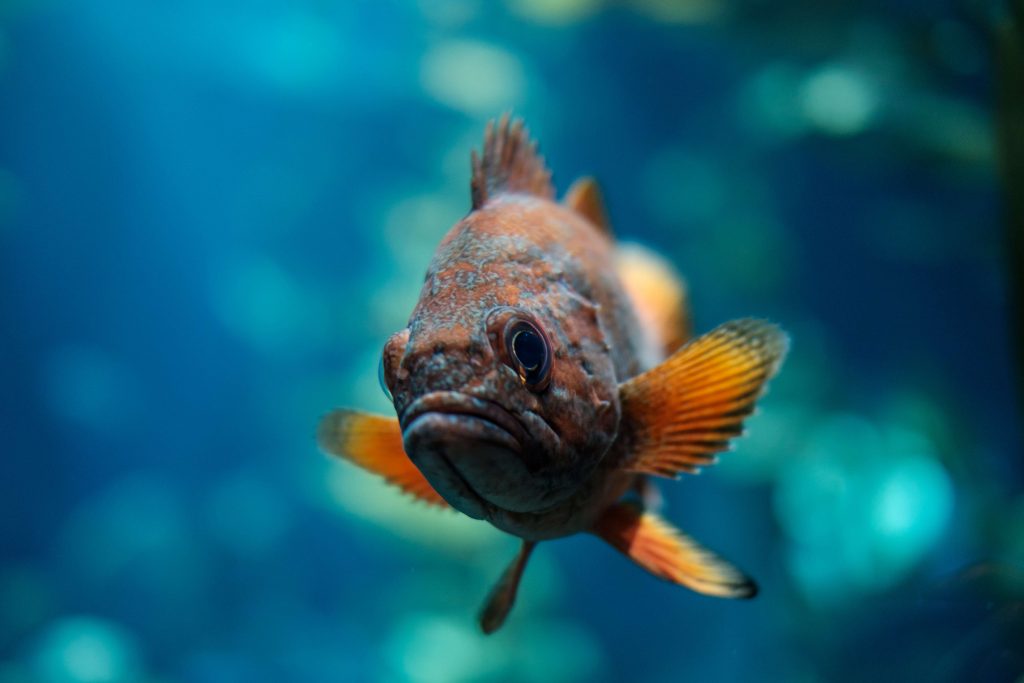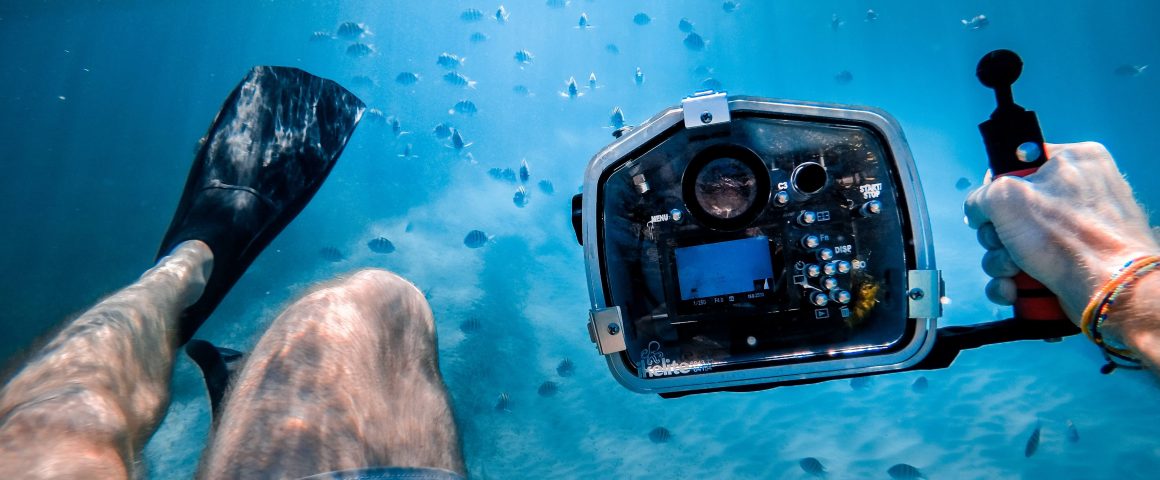By Ted’s Cameras: Sponsored Post
Thankfully, underwater photography is within the reach of any adventurer with a waterproof camera. We’ve teamed up with the camera experts at Ted’s Cameras to give you practical tips for choosing the right underwater photography equipment and using it to take great underwater photos. Whether you’re a whitewater enthusiast or prefer diving in still, tropical waters, read on to learn how to take underwater photoslike a pro.

Essential underwater photography equipment
While top-of-the-line gear isn’t strictly necessary for taking underwater photos, there are a few basic items that you’ll need to take reliably crisp, clear pictures in the water.
A waterproof compact digital camera
The best underwater cameras are lightweight, compact models that you can easily stow in your wetsuit or hold securely in your hand. Options vary depending on your budget and adventure style, but in all cases you should choose a waterproof compact digital camera that is shockproof as well as water-resistant.
For newcomers to the world of underwater adventuring, we recommend the affordable and user-friendly Fuji Finepix XP140 or Nikon Coolpix W150. Both compact digital cameras are shockproof to 1.8m in addition to being waterproof to 25m and 10m respectively, making them perfectfor rugged on-land adventures as well as off-shore ones.
If you’ve been diving or snorkelling for a while and are willing to invest in a waterproof digital camera with more advanced features, the Olympus Tough TG-6 is your best bet. Tough in name and nature, this mid-range compact digital camera is waterproof to 15m, shockproof to 2.1m, and totally dust-, crush-, and freeze-proof.
A waterproof camera housing
Take your camera to even greater depths with an underwater camera housing that protects every dial, button, and switch. Underwater housings are typically moulded to suit specific models, and can drastically improve a camera’s underwater performance: In the case of the Olympus Tough TG-6 mentioned above, waterproof housing enhances the camera’s waterproof depth to an astounding 45m.
The right waterproof housing will also allow you to take mirrorless andDSLR cameras diving, even if they aren’t waterproof models. To find the right housing for your camera, explore Ted’s range of underwater housing accessories here.
A waterproof flash or strobe
On most digital cameras, the built-in flash only works up to depths of 3m, meaning you’ll need an additional light source to illuminate underwater subjects. We recommend the Olympus UFL-3 Underwater Flash, a lightweight flash compatible with all Olympus housings and waterproof to a depth of 75m. With manual and TTL settings, it’s perfect for building a serious underwater photographykit without breaking the bank.

Underwater photography tips
Once you’ve gathered your waterproof camera and accessories, it’s time to start shooting. Here are our tips for great underwater photos from the minute you hit the water.
- Familiarise yourself with your gear
Before you even leave the shore, get comfortable with handling your waterproof digital camera. Taking the time to memorise key settings above the surface will save you from having to make complex adjustments underwater, and potentially missing the chance at the perfect shot.
- Get close to the action
As any seasoned adventurer knows, the quickest way to an unforgettable adrenaline rush is getting right in the thick of it. Whether your subject is a glimmering school of fish or a vibrant underwater plant, get as close as possible before you click the shutter. Low quality underwater photos are often lacking in contrast and colour, two things that can be solved by getting up close and personal. Just don’t forget that safety remains your top priority, and avoid swimming too close to predators or poor water conditions.
- Use macro mode
Getting in close proximity to your subjects is a great opportunity to test out your camera’s Macro mode, which helps your camera find focus quickly at close range. When you want to shoot distant objects again, remember to turn Macro mode off.

Stay near the light
When taking underwater photos, some loss of detail is inevitable. To keep this to a minimum, shoot close to the surface of the water or use a waterproof flash or strobe and apply low light photography techniques, like adjusting your white balance.
- Shoot in manual mode
If you’re serious about getting the best underwater photos, it’s time to get comfortable with shooting in manual mode. In addition to tweaking your white balance, pay attention to:
- Shutter speed adjustments, which can reduce blur caused by fast-moving subjects
- Aperture adjustments, which help you control the amount of light in your image, as well as the field of depth
Get comfortable with making shutter and aperture speed adjustments on shore before putting your skills to the test underwater. Learning to shoot in manual mode will benefit your photography overall, not just your underwater imagery.
Top Tip: Check if your camera has Aperture or Shutter Priority modes, which allow you to adjust one feature in isolation and your camera to adjust the others automatically.
Underwater photography doesn’t have to be complicated
While our advice will certainly help you take amazing underwater photos, remember that you can only make so many plans: Don’t forget to be spontaneous. Enjoy yourself in the moment, and don’t be disheartened if your initial results aren’t great – after all, practice makes perfect.
For more expert advice on photography and what to pack in your adventure photography bag, check out Ted’s Cameras blog or drop by your local Ted’s Cameras store for personalised advice today!


